Welcome to Norfolk Instruments, a surgical manufacturing company.
Shop
LI-ION BATTERY
» For Baby Handle 3.0 V For
» Standard And Fiber Optic
» Can Only Charge With Desk
Charger
Adult & Small Handle 2.5V
A Lithium-Ion (Li-Ion) battery is a rechargeable energy storage device that uses lithium-ion technology to store and provide electrical energy. These batteries have become ubiquitous in various applications due to their high energy density, lightweight nature, and relatively low self-discharge rate. Here is a detailed explanation of Li-Ion batteries:
1. Chemistry:
- Li-ion batteries use lithium ions to store and release electrical energy. The core components include a positive electrode (cathode), a negative electrode (anode), an electrolyte, and a separator.
- During charging, lithium ions move from the cathode to the anode, and during discharging, they move from the anode to the cathode, generating electrical energy in the process.
2. Voltage and DC Output:
- Li-Ion batteries provide a stable direct current (DC) output. The voltage of a typical Li-Ion cell is around 3.6 to 3.7 volts when fully charged.
- Multiple cells can be connected in series to achieve higher voltages, making them suitable for various DC-powered devices.
3. Energy Density:
- LI-ION BATTERY are known for their high energy density, meaning they can store a significant amount of energy in a relatively compact and lightweight package.
- This property makes them ideal for portable electronic devices, where space and weight constraints are critical.
4. Cycle Life:
- Li-Ion batteries have a reasonably long cycle life, which means they can be recharged and discharged hundreds to thousands of times before their capacity significantly degrades.
- Proper charging and usage practices can extend their life even further.
5. Charging:
- Li-Ion batteries require a specific charging protocol to ensure their safety and longevity.
- Most Li-Ion batteries have built-in protection circuitry to prevent overcharging and over-discharging, which can be harmful or even dangerous.
6. Discharge Characteristics:
- Li-Ion batteries provide a relatively stable voltage during most of their discharge cycle, meaning the voltage remains relatively constant until the battery is almost fully depleted.
- This feature is beneficial for many electronic devices that require a steady power supply.
7. Safety:
- While Li-Ion batteries are generally safe when used correctly, they can pose safety risks if punctured, overcharged, or exposed to extreme temperatures.
- Manufacturers incorporate safety features and use advanced materials to mitigate these risks.
8. Applications:
- LI-ION BATTERY is widely used in various applications, including smartphones, laptops, digital cameras, drones, power banks, electric vehicles, energy storage systems, and more.
9. Advancements:
- Continuous research and development in battery technology have led to improvements in the energy density, charging speed, and safety of LI-ION batteries.
- Newer variations, such as LiFePO4 (Lithium Iron Phosphate) batteries, offer enhanced safety features at the cost of slightly lower energy density.
10. Environmental Impact:
- LI-ION BATTERY is more environmentally friendly compared to some other battery types, but responsible recycling and disposal are still essential due to the presence of potentially harmful materials like lithium and cobalt.
In summary, LI-ION BATTERY are high-energy-density, rechargeable battery technology that provides a stable direct current (DC) output. Their versatility, long cycle life, and lightweight nature make them a popular choice for various applications in today’s technology-driven world.

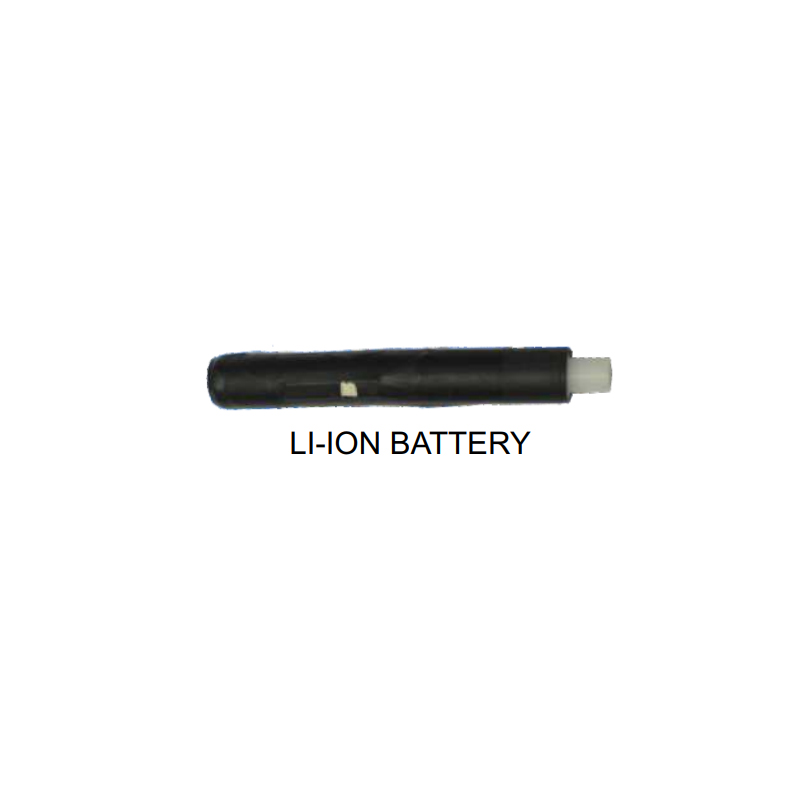
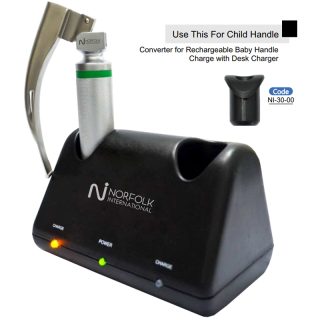
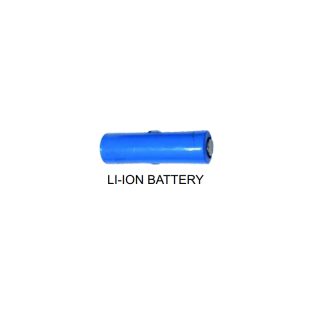
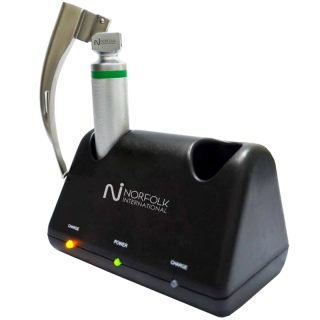
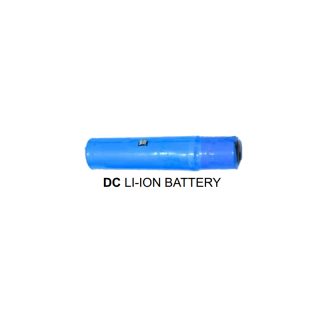
Reviews
There are no reviews yet.